via Towards Data Science - Mediu...
Tuesday, December 31, 2024
Paradigm Shifts of Eval in the Age of LLM
December 31, 2024 by Data Analyst
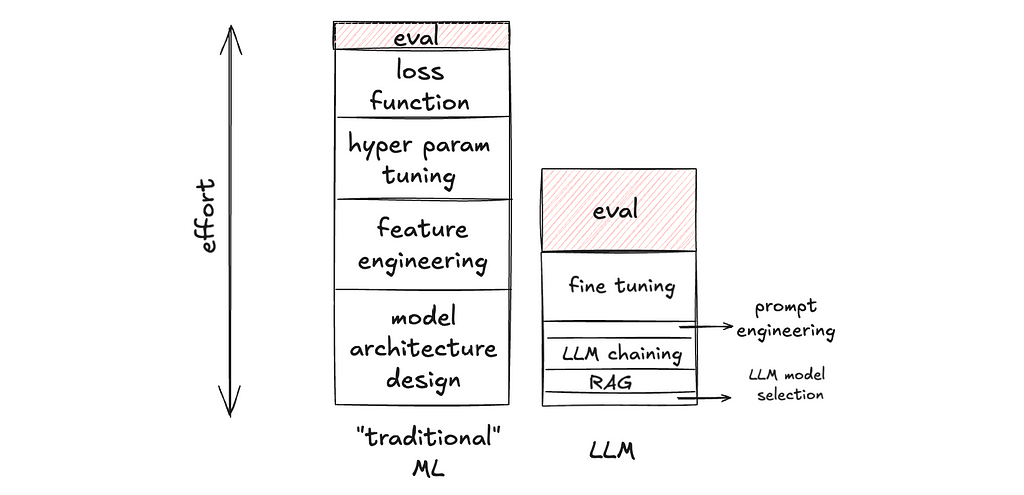
via Towards Data Science - Mediu...
The Math Behind In-Context Learning
December 31, 2024 by Data Analyst
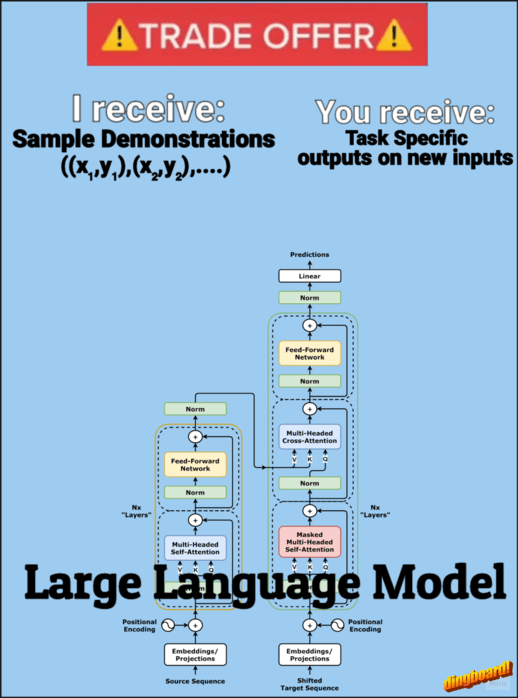
via Towards Data Science - Mediu...
The Key to Smarter Models: Tracking Feature Histories
December 31, 2024 by Data Analyst

via Towards Data Science - Mediu...
Monday, December 30, 2024
How to Build a Resume Optimizer with AI
December 30, 2024 by Data Analyst

via Towards Data Science - Mediu...
How to Build a Graph RAG App
December 30, 2024 by Data Analyst
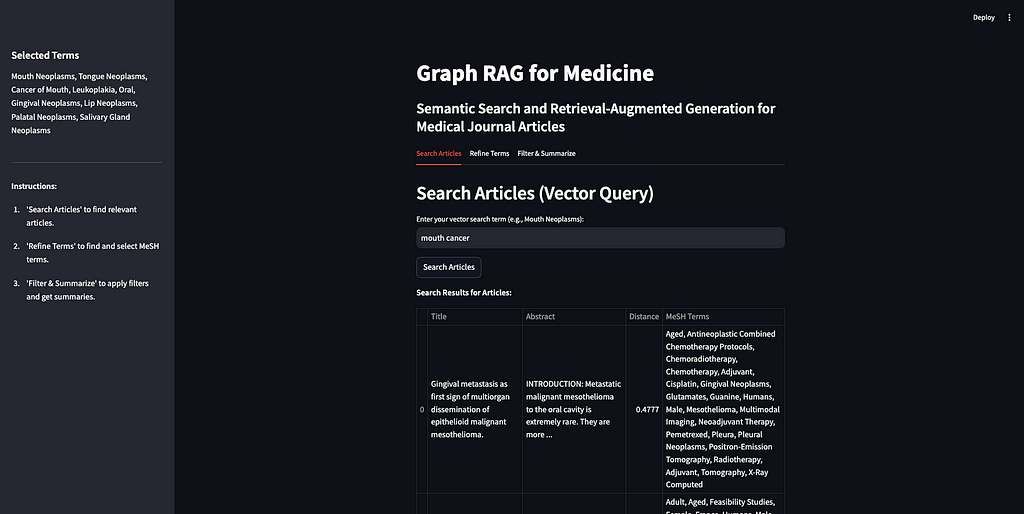
via Towards Data Science - Mediu...
I Combined the Blockchain and AI to Generate Art. Here’s What Happened Next.
December 30, 2024 by Data Analyst
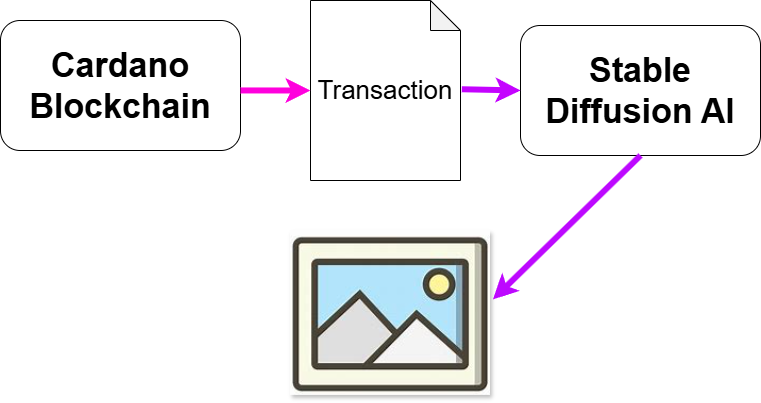
via Towards Data Science - Mediu...
Ten predictions for data science and AI in 2025
December 30, 2024 by Data Analyst

via Towards Data Science - Mediu...
Sunday, December 29, 2024
Introducing n-Step Temporal-Difference Methods
December 29, 2024 by Data Analyst

via Towards Data Science - Mediu...
Superposition: What Makes it Difficult to Explain Neural Network
December 29, 2024 by Data Analyst
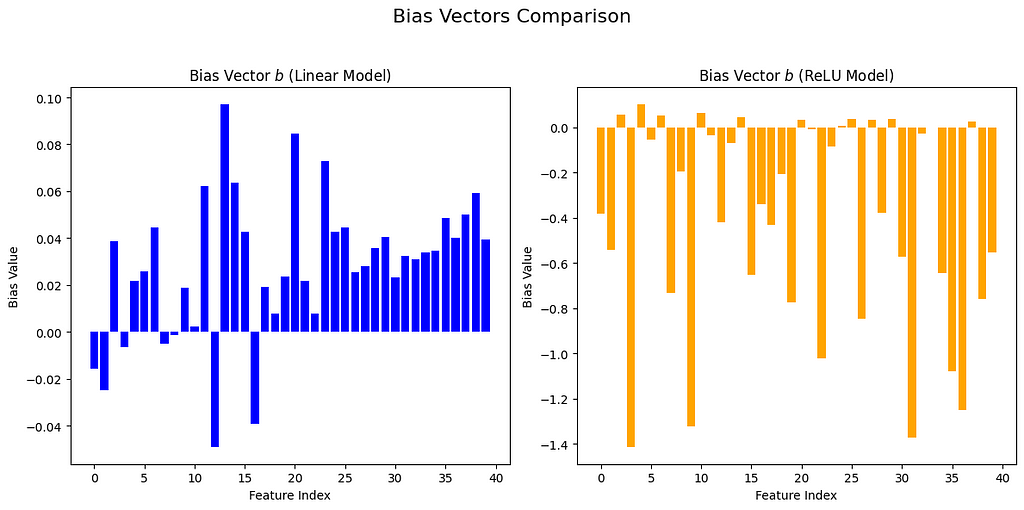
via Towards Data Science - Mediu...
Segmenting Water in Satellite Images Using Paligemma
December 29, 2024 by Data Analyst

via Towards Data Science - Mediu...
Saturday, December 28, 2024
Deep Dive into Multithreading, Multiprocessing, and Asyncio
December 28, 2024 by Data Analyst

via Towards Data Science - Mediu...
Measuring Cross-Product Adoption Using dbt_set_similarity
December 28, 2024 by Data Analyst

via Towards Data Science - Mediu...
Friday, December 27, 2024
Master Bots Before Starting with AI Agents: Simple Steps to Create a Mastodon Bot with Python
December 27, 2024 by Data Analyst

via Towards Data Science - Mediu...
Unlocking the Untapped Potential of Retrieval-Augmented Generation (RAG) Pipelines
December 27, 2024 by Data Analyst

via Towards Data Science - Mediu...
How To Start A Data Science Blog on Medium
December 27, 2024 by Data Analyst

via Towards Data Science - Mediu...
Understanding the Optimization Process Pipeline in Linear Programming
December 27, 2024 by Data Analyst

via Towards Data Science - Mediu...
Thursday, December 26, 2024
Understanding the Mathematics of PPO in Reinforcement Learning
December 26, 2024 by Data Analyst

via Towards Data Science - Mediu...
Your Company Needs Small Language Models
December 26, 2024 by Data Analyst

via Towards Data Science - Mediu...
Calculating a linear extrapolation (or Trend) in DAX
December 26, 2024 by Data Analyst

via Towards Data Science - Mediu...
Training LLM, from Scratch, in Rust
December 26, 2024 by Data Analyst

via Towards Data Science - Mediu...
Wednesday, December 25, 2024
Understanding When and How to Implement FastAPI Middleware (Examples and Use Cases)
December 25, 2024 by Data Analyst

via Towards Data Science - Mediu...
Three Important Pandas Functions You Need to Know
December 25, 2024 by Data Analyst

via Towards Data Science - Mediu...
Decoding the Hack behind Accurate Weather Forecasting: Variational Data Assimilation
December 25, 2024 by Data Analyst

via Towards Data Science - Mediu...
Tuesday, December 24, 2024
I’ve Done 80+ Data Science Interviews — Here’s What Works
December 24, 2024 by Data Analyst

via Towards Data Science - Mediu...
Let’s Learn a Little About Computer Vision via Sudoku
December 24, 2024 by Data Analyst

via Towards Data Science - Mediu...
Mono to Stereo: How AI Is Breathing New Life into Music
December 24, 2024 by Data Analyst

via Towards Data Science - Mediu...
How Bias and Variance Affect Your Model
December 24, 2024 by Data Analyst

via Towards Data Science - Mediu...
Monday, December 23, 2024
Advanced Prompt Engineering: Chain of Thought (CoT)
December 23, 2024 by Data Analyst

via Towards Data Science - Mediu...
The Multi-Armed Bandit Problem—A Beginner-Friendly Guide
December 23, 2024 by Data Analyst

via Towards Data Science - Mediu...
Handling Billions of Records in Minutes with SQL ⏱️
December 23, 2024 by Data Analyst

via Towards Data Science - Mediu...
Sunday, December 22, 2024
Creating a WhatsApp AI Agent with GPT-4o
December 22, 2024 by Data Analyst

via Towards Data Science - Mediu...
How (and Where) ML Beginners Can Find Papers
December 22, 2024 by Data Analyst

via Towards Data Science - Mediu...
What Every Aspiring Machine Learning Engineer Must Know to Succeed
December 22, 2024 by Data Analyst

via Towards Data Science - Mediu...
Propensity-Score Matching Is the Bedrock of Causal Inference
December 22, 2024 by Data Analyst

via Towards Data Science - Mediu...
Saturday, December 21, 2024
Evaluation-Driven Development for agentic applications using PydanticAI
December 21, 2024 by Data Analyst

via Towards Data Science - Mediu...
The 80/20 problem of generative AI — a UX research insight
December 21, 2024 by Data Analyst
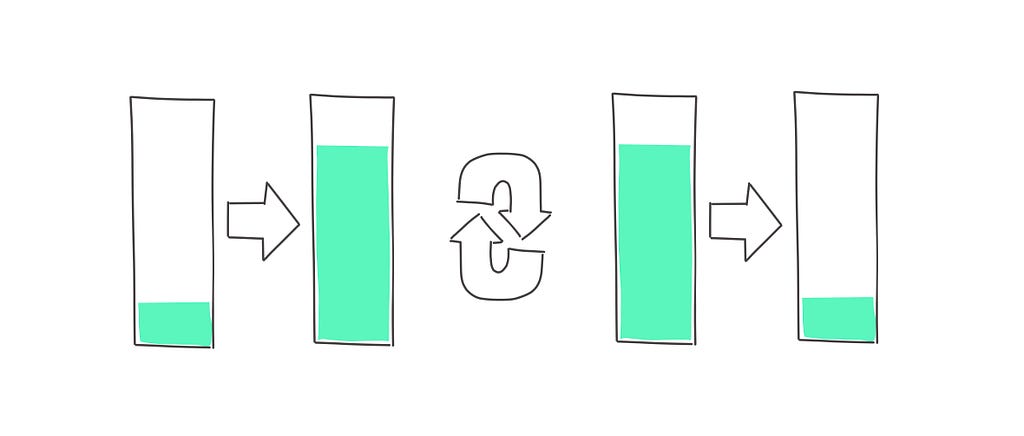
via Towards Data Science - Mediu...
Top 3 Strategies to Search Your Data
December 21, 2024 by Data Analyst
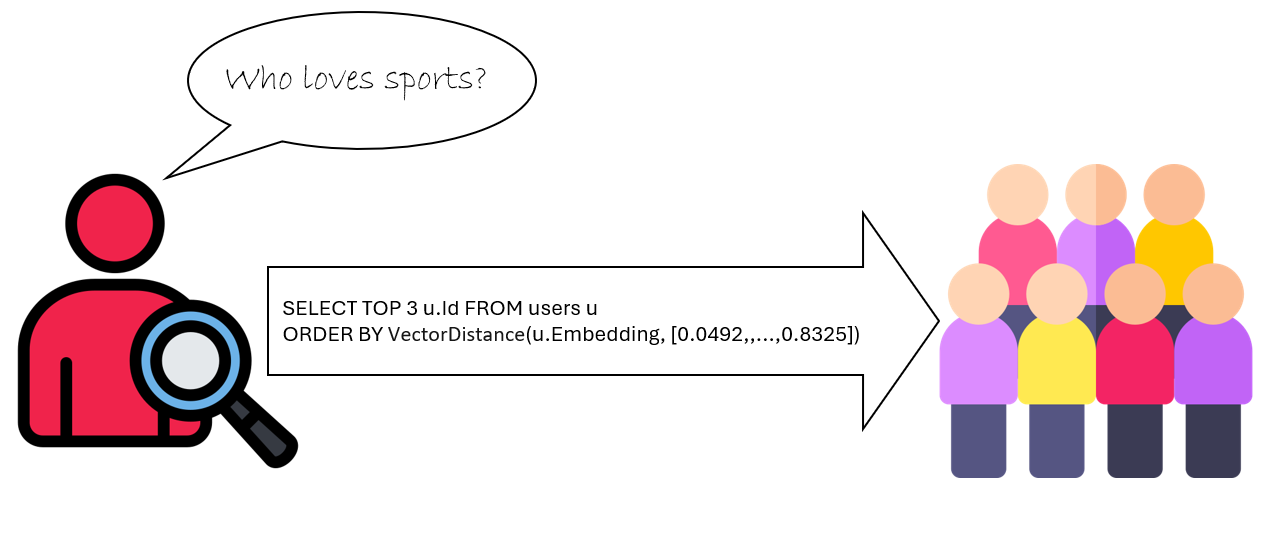
via Towards Data Science - Mediu...
Friday, December 20, 2024
When Averages Lie: Moving Beyond Single-Point Predictions
December 20, 2024 by Data Analyst

via Towards Data Science - Mediu...
Ranking Basics: Pointwise, Pairwise, Listwise
December 20, 2024 by Data Analyst

via Towards Data Science - Mediu...
Understanding Deduplication Methods: Ways to Preserve the Integrity of Your Data
December 20, 2024 by Data Analyst

via Towards Data Science - Mediu...
Introducing Layer Enhanced Classification (LEC)
December 20, 2024 by Data Analyst

via Towards Data Science - Mediu...
Thursday, December 19, 2024
Powerful Amazon Advertising Sponsored Brands Search Term Report
December 19, 2024 by Data Analyst

If you are an Amazon Selling Partner, Agency, Consultant, or a brand on Vendor Central, running an Amazon Advertising Sponsored Brands campaign means targeting shopper intent and competing for shoppers' attention.
But how do you know if your keywords are doing their job?
Enter the Amazon Advertising...
2024 Highlights: The AI and Data Science Articles That Made a Splash
December 19, 2024 by Data Analyst

via Towards Data Science - Mediu...
A Comprehensive Guided Project to A/B Testing (+ Notebook)
December 19, 2024 by Data Analyst

via Towards Data Science - Mediu...
Awesome Plotly with code series (Part 6): Dealing with long axis labels
December 19, 2024 by Data Analyst

via Towards Data Science - Mediu...
Data Science Salary Breakdown 2024
December 19, 2024 by Data Analyst

via Towards Data Science - Mediu...
Wednesday, December 18, 2024
Navigating Soft Actor-Critic Reinforcement Learning
December 18, 2024 by Data Analyst

via Towards Data Science - Mediu...
Subscribe to:
Posts (Atom)

